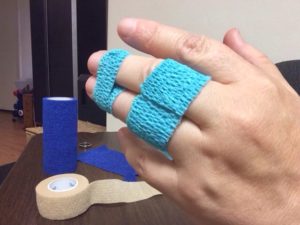Overview

The phalanges are the bones in the finger. Every finger has three phalanges, but the thumb has two phalanges. A finger is broken if at least one of these bones break. Any phalange can be broken. The knuckles can also be broken.
How Does A Finger Break?
The fingers are the parts of the body that are most likely to get injured. You can injure your finger by working with a tool, such as a saw or hammer. You can also injure your finger if it is hit by a baseball or another fast-moving object. Slamming a door is another way to injure your finger. Additionally, if you use your hand to break your fall, then your finger can be injured.
The strength of the bone and the type of injury determine where the bone will be fractured. Malnutrition and osteoporosis can also increase the risk of a fracture.
Signs Of A Broken Finger
Limited range of motion, tenderness, swelling and pain are some of the signs of a broken finger. Your finger may appear as though it is out of alignment. Although broken fingers can be painful, your finger may be broken even if you feel little or no pain.
How To Treat A Broken Finger
If the fracture is stable, then the doctor may tape the broken finger to an adjacent finger. An unstable fracture will need to be mobilized. A splint may also be applied to an unstable finger. In some cases, surgery is necessary. A hand surgeon or orthopedic surgeon can determine whether surgery is the best option.
Is It Possible To Prevent Broken Fingers?
You can reduce your risk of breaking a finger by getting plenty of vitamin D and calcium. These nutrients will strengthen your bones, which will reduce the risk of a fracture. People who have problems walking may want to use a walker or cane. Laborers and athletes should exercise caution when they are doing any activity.
